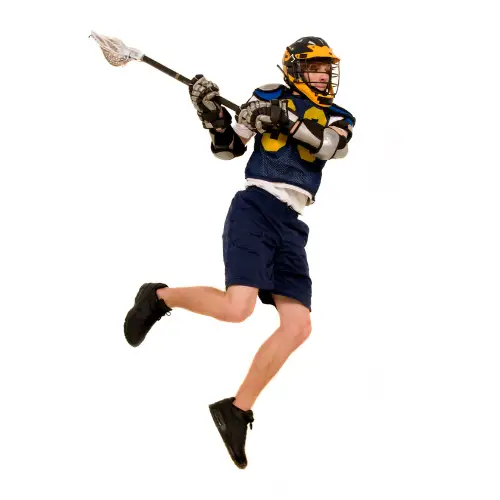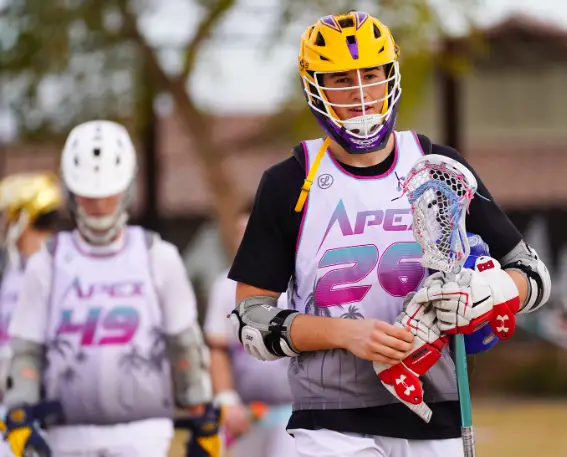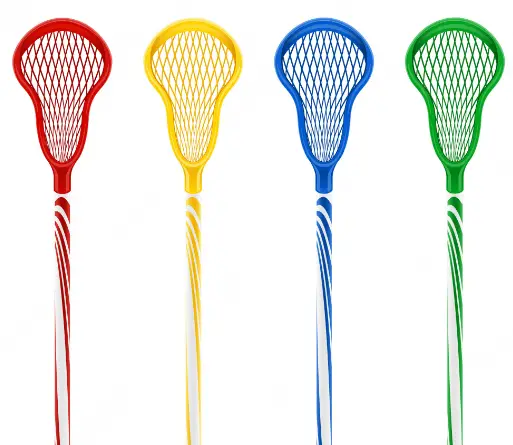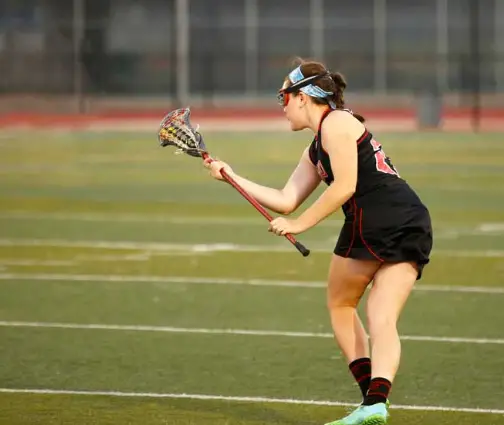The face-off is a vital part of the sport of lacrosse. At first glance, it could simply look like there are combatants dueling towards every different withinside the center of the field. Although those gamers are combating every difference in a one-on-one contest, it isn’t to settle a few disputes.
The face-off is the system through which referees resume play after an aim has been scored or 1 / 4 has ended. The face-off offers every crew an honest possibility to vie for ownership of the ball by pitting gamers towards every different in the middle of the field.
That is simply the fundamental gist of the lacrosse face-off. In order to absolutely recognize the mechanics of the face-off, there are a pair of factors that you want to take observe of. Learning approximately the rules, positional gamers, specialized equipment, and popular significance of the face-off are vital to growing your usual lacrosse IQ.
What Is The General Purpose of Face-Offs?
Play stops whenever a goal is scored or the quarter-time runs out. Umpires must follow a strategic and consistent process to ensure play is fair.
This is where the lacrosse showdown begins. Rather than simply passing possession of the ball to one team or the other, the referee initiates a process known as a faceoff.
A showdown gives both teams a fair chance of possession. This makes the lacrosse game more exciting as it adds another variable to the sport. Give your team a chance to build momentum and win. It also gives the team a small opportunity to start running and come back from big gaps.
That way, even if you have a big lead, it’s never going to be a clear lacrosse team.
How Do Face-Offs Generally Work
Each team chooses one player to face off. Each team must also assign two players to the sides adjacent to his circle faceoff. Each team, therefore, has a total of three players involved in the showdown process.
Players in the middle faceoff circle perform the actual faceoff process themselves. Players coming in from the wing area are there to support their real opponents. A confrontation player’s first priority is to try to keep the ball clean. This means that players try to catch the ball behind their lacrosse pocket, giving them complete control over where the ball goes on the field. A passing player can capture the ball either forward or backward to give the team the best chance to pick up his ball loose.
If the player in the faceoff cannot get the ball cleanly, the faceoff usually becomes a 50/50 loose ball scenario. With the presence of the winger, the faceoff is essentially a 3-on-3 ground ball for him. will be the situation. This situation essentially results in a massive, chaotic scramble. Players constantly box each other out, check their opponents and try to find loose ball in contention. Under these conditions, it is very difficult to predict which team will have possession of the ball.
Attackers and defenders may not participate in groundball combat until possession is firmly established. They must remain behind the boundary line until the referee gives a clear signal that the team has the ball.
What Is the Importance of the Face-Off to Lacrosse
Face-Off is one of the most important factors in determining the outcome of a lacrosse game.
Face-Offs are an important factor in the number of possessions a team wins. Ball possession time is a key indicator of how likely a lacrosse team is to finish the game win-loss. It makes sense. After all, the offense can’t score if they can’t get the ball. For this reason, a lacrosse team must have experienced players in confrontational positions.
Because of this, more and more teams are designating a specific FOGO for him just for showdowns. In the early days of lacrosse, the FOGO designation was rare. Today, especially at higher levels of competition, this practice is virtually mandatory.
Recap
The term is relatively new to sports. It stands for Face Off Get Off. Jobs are used to categorizing very specific players.
Win the showdown and give the ball to your teammate before leaving the field.
For years, midfielders and attackers could be the players facing team showdowns. They remain on the field and contribute to the rest of the game. But when coaches realized what would happen if the attacker was more than just dominant and useful, they began looking for specialists.







